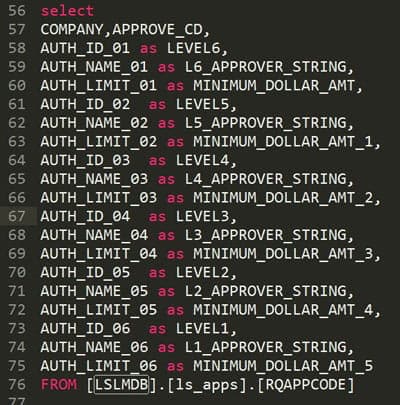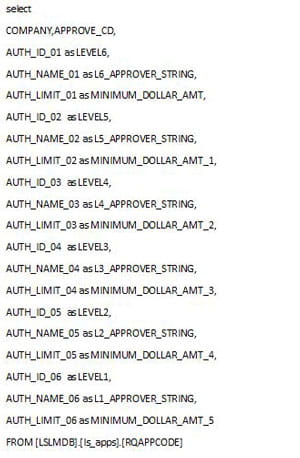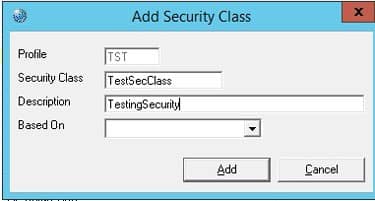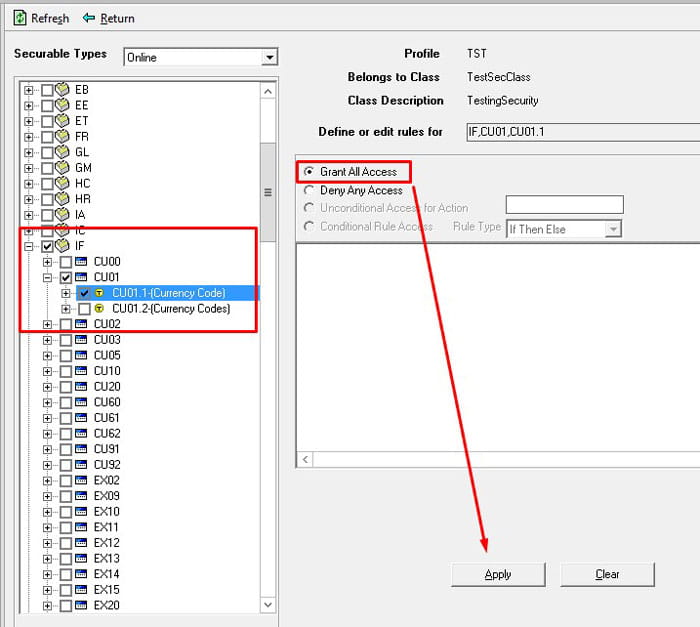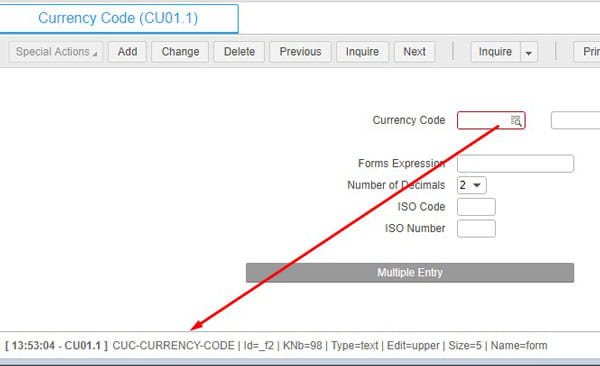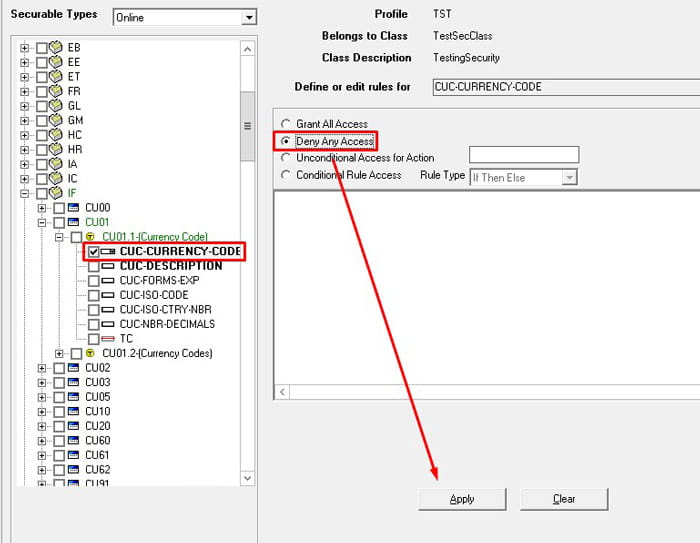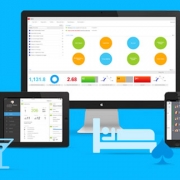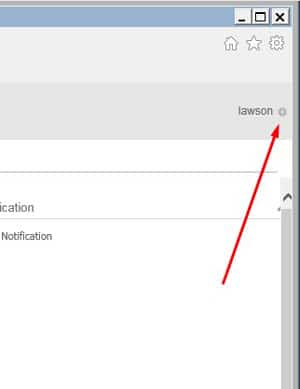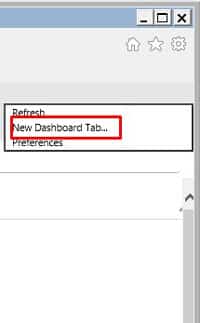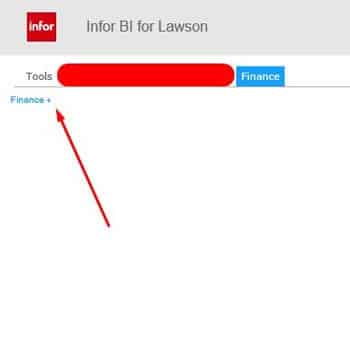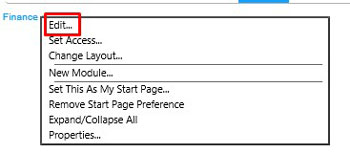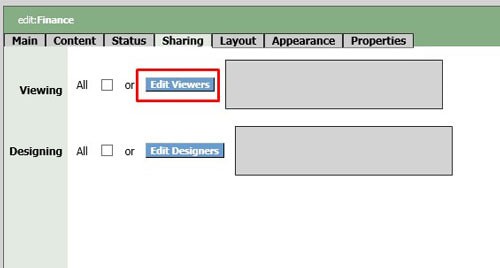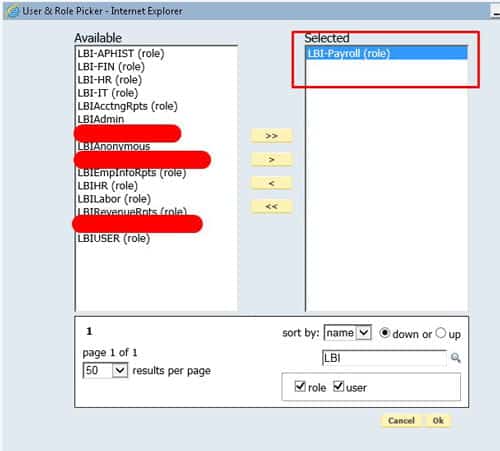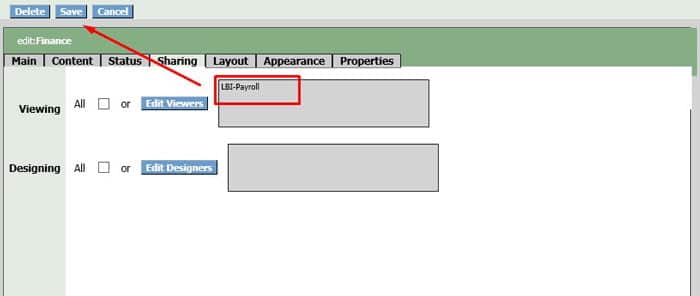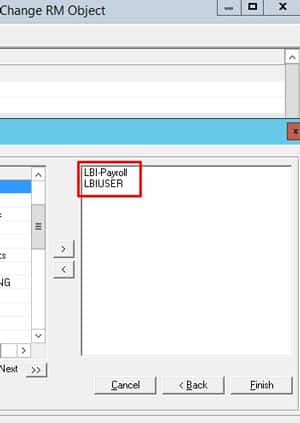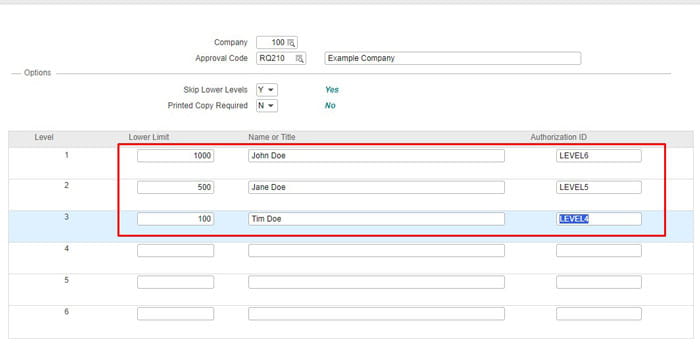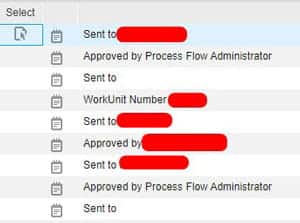We’ve all been there. Excited for a new year. A list of goals, accomplishments, feats to conquer. But as January rolls on it’s suddenly February, and you’ve forgot about your “New Year’s Resolutions” — or you’ve given up on them. Fear not because there’s still time to cross things off that list and call this year a productive one by December. Deanna deBara at Trello shares how to keep yourself motivated and excited throughout the year. “To cultivate lasting change, motivation needs to be approached like a marathon rather than a sprint,” says deBara. Here are deBara’s 5 ways ways to keep your productivity high all year long.
- Mindset Matters – “Whenever you make a resolution, you have every intention of following through with it. But if you really want to succeed, don’t focus on your resolutions-focus on your mindset.” With a fixed mindset, you operate under the assumption that you’ve set yourself to a specific level and you cannot go beyond it. Instead, she suggests to operate under a growing mindset. Train yourself to believe that you have the capability to grow and change.
- When Motivation Is Lacking, Phone A Friend – “Staying motivated and productive all year round can be challenging – but adding a layer of social support can make it a whole lot easier.” Knowing there’s someone there to push you and motivate you drives you to want to do better.
- Make It Worth Your Time: Define Your Why – “Setting a resolution because you “should” do something may work for a little while – but if you don’t have a strong why behind your resolution, it’s going to be hard to stay motivated in the long-term.” Per deBara’s suggestions, you should reflect on defining why you chose certain new year’s resolutions. This can circle back to your mindset and further your motivation to follow through.
- Plan To Fail – “No matter how committed and motivated you are to hit a goal, you’re going to run into setbacks, mistakes, and failures. But if you plan – and work them into your goal from them get-go – it becomes much easier to stay committed and motivated in the long-term, even when you get off track.” Nobody is perfect so leave room for error. But prepare yourself and set up a plan to get back up and keep going.
- Forget Resolutions-Set Daily, Monthly, Quarterly, And Annual Goals – “Instead of trying to make major changes to your life, pinpoint some goals that you’d like to continuously improve on a daily, monthly, quarterly, and annual basis. By breaking down larger resolutions into smaller, more achievable goals, you’ll be able to see more progress in real-time — helping you to stay motivated all twelve months out of the year.” The more achievable these daily goals are, the more motivated you are to stick to them.
New Year’s Resolutions can be a difficult thing to maintain all year long, but continue to find ways to motivate yourself and stay on top of wanting to change for the better. Maybe rollow deBara’s 5 steps above as a nice little guide to help you out.
Original Post by Deanna deBara at Trello.




